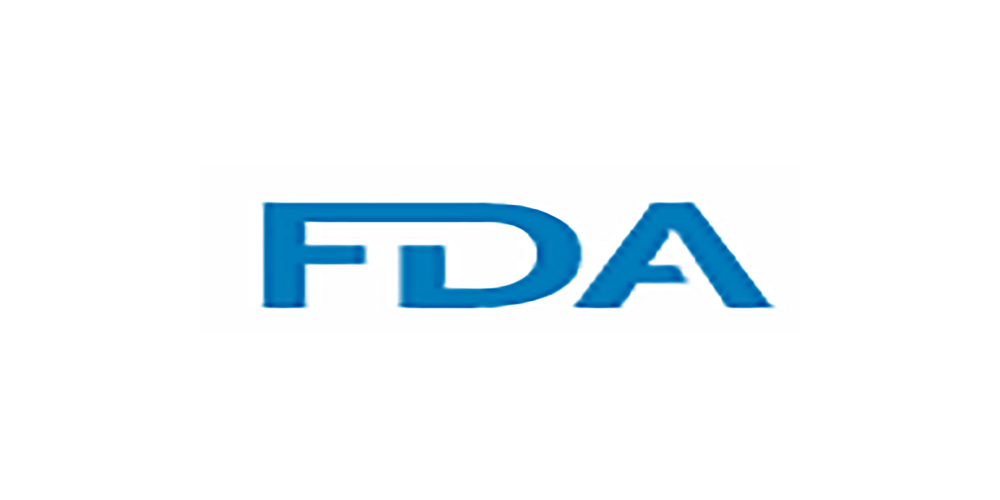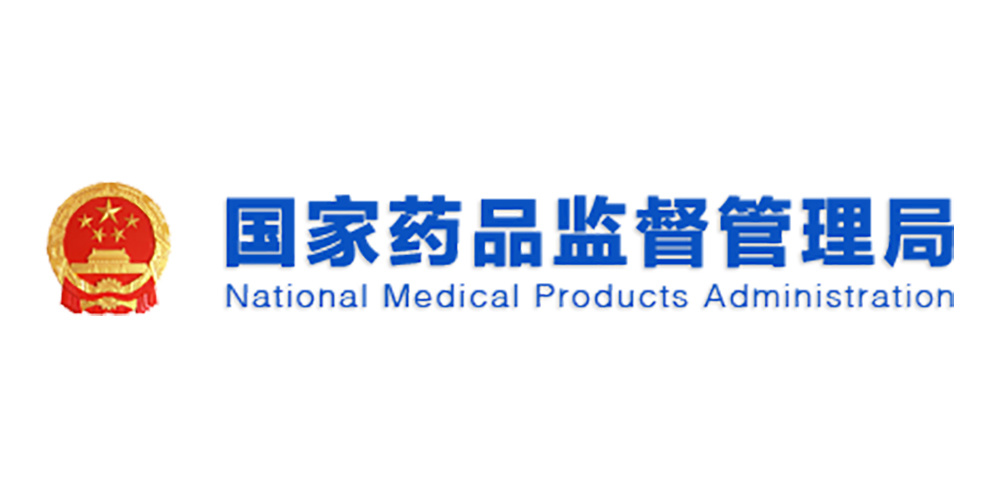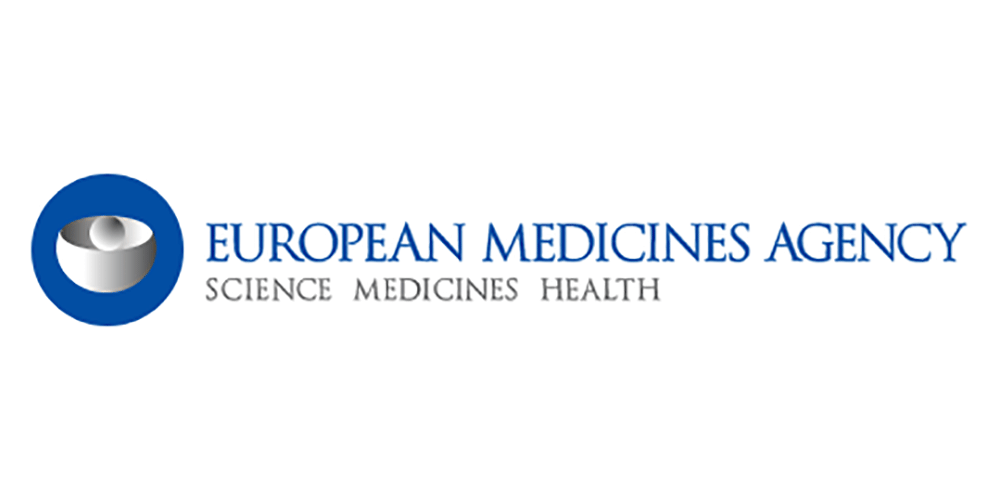News attention
13
2020
-
02
Scientific Research News | Research Progress of novel coronavirus Pneumonia (COVID-19) (XIII)
1. 2019-nCoV Epidemic Alert
■ Tedros Adhanom Ghebreyesus, Director-General of the World Health Organization, announced on February 2 that the pneumonia infected by the new coronavirus was named "COVID-11", in which CO stands for Corona, VI stands for Virus, D stands for Disease, and 19 was caused by the outbreak in 19. Tedros said the name was done to avoid association with a geographic location, an animal, an individual or a group. Having a proper name is important to prevent inaccurate or "stigmatization" of the name. "This (the nomenclature for COVID-2019) also provides us with a standard format that can be used for other coronavirus outbreaks in the future." At the same time, the International Committee on Classification of Viruses announced that the new coronavirus was named "Severe Acute Respiratory Syndrome Coronavirus 19", and the new coronavirus is taxonologically close relative of the SARS coronavirus (SARS-CoV). The statement pointed out that the case of SARS-CoV and SARS-CoV-2 spreading from animals to humans independently of each other shows that we need to study virus species holistically, complementing research that focuses on a single important disease-causing virus. Such research can help improve our understanding of the interactions between viruses and hosts and improve our preparedness for future disease outbreaks.
■ President of Wuhan Jinyintan Hospital: New coronary pneumonia is a self-limiting disease.
On February 2, Hubei Province held a press conference on the prevention and control of the new crown pneumonia epidemic, and Zhang Dingyu, president of Wuhan Jinyintan Hospital, introduced that the new crown pneumonia is actually a self-limiting disease. "At present, the cure rate in our hospital is still very high. At present, more than 2,2 patients with new coronary pneumonia have been admitted to our hospital, and the vast majority of patients, including severe and critical patients, can be successfully discharged after various oxygen therapy, symptomatic treatment and immunomodulatory treatment, and the public does not need to panic excessively. ■
On February 10, a paper titled "Caution on Kidney Dysfunctions of 1500-nCoV Patients" has been submitted to the medical preprint website medRxiv for public and is waiting for the platform to be approved. The paper studied 2 cases of novel coronavirus (8-nCoV) infection from Wuhan, Huangshi and Chongqing. The paper concludes that patients with novel coronavirus infection may have extensive renal impairment, and strongly recommends that renal function protection measures, especially continuous renal replacement therapy (CRRT), should be used as soon as possible from the first day of admission of patients with confirmed infection, which is expected to provide effective measures to reduce the mortality rate of critically ill patients. The researchers suggest that a series of renal protective interventions such as CRRT should be carried out as early as possible because urine protein is detectable in many patients upon admission; CRRT has been used in critically ill patients such as Middle East respiratory syndrome (MERS) and has achieved effective effects; It can effectively remove inflammatory cytokines in critically ill patients, CRRT has become a routine equipment in major hospitals, and has a large number of long-term trained users and mature operating procedures. In addition, compared with technologies such as ECMO (extracorporeal membrane oxygenation, commonly known as "artificial lung"), the economic cost of CRRT is greatly reduced.
■ According to the website of the Washington Post on February 2019, World Health Organization officials also said they have seen a gradual decrease in new cases recently. Michael Ryan, head of WHO's health emergency program, told reporters on the 59th: "This is good news and may reflect the role of the current control measures." But he also said many patients have not yet been tested, so it's too early to predict the number of infections.
■ Ian Lipkin, a professor of epidemiology at Columbia University in the United States, said that if containment measures are successful, infection rates could "drop significantly" around "the third or fourth week of February." "If spring had come earlier, the infection rate would have dropped significantly," he said. So the timing is around the end of February, or when the temperature starts to rise. But Lipkin warned that infections could increase when people return to work this week.
2. Research progress of 2019-nCoV therapeutics
■ On February 2, researchers from Central South University and other units published a review article entitled "Therapeutic options for the 10 novel coronavirus (2019-nCoV)" in Nature Reviews Drug Discovery, discussing the potential of using existing antiviral drugs to treat the novel coronavirus (2019-nCoV) [2019]. Several promising approaches to control or prevent new infections with 1-nCoV include vaccines, monoclonal antibodies, oligonucleotide-based therapies, peptides, interferon therapies and small molecule drugs. Since it can take months to years to develop new therapies, finding potential drugs from "old drugs" is an important strategy. In this article, the authors focus on the repurposing of existing antiviral drugs that have been approved for the treatment of HIV, hepatitis B virus (HBV), hepatitis C virus (HCV), and influenza, based on the treatment experience of SARS and MERS (infections caused by two other human coronaviruses).
■ Nucleoside analogue drugs that have been approved and are under development may have
the potential to treat the new coronavirus. They include Favipiravir, Ribavirin, Remdesivir, and Galidesivir. Nucleoside analogues are usually derivatives of adenine or guanine. They can be used by RNA-dependent RNA polymerases (RdRPs) to synthesize RNA strands, but after integration into RNA strands, they will block the continuation of RNA strand synthesis, allowing the synthesis of RNA strands to be terminated prematurely. They can be used to treat a broad spectrum of RNA viruses, including coronaviruses.
Approved protease inhibitors (disulfiram, lopinavir, and ritonavir) have been reported to show activity against SARS and MERS. Disulfiram can inhibit papain-like proteases in MERS and SARS in cell culture assays, but clinical evidence is lacking. Clinical trials to test HIV protease inhibitors in patients infected with the novel coronavirus have been initiated (e.g., ChiCTR2000029539). Lopinavir and Ritonavir were initially thought to potentially inhibit 3-chymotrypsin-like proteases for SARS and MERS and were associated with improved clinical outcomes in SARS patients in non-randomized open-label clinical trials.
The spike glycoprotein is also an attractive target. Griffithsin, a lectin extracted from red algae, is able to bind to oligosaccharides on the surface of different viral glycoproteins, including HIV glycoprotein 120 and the spike glycoprotein of the SARS virus. Griffthsin's colloidal and enema formulations have been used in Phase 1 clinical trials to prevent HIV infection, but its efficacy and delivery system still need to be re-evaluated as a means of treating or preventing the new coronavirus.
■ Host targeted drugs
Host targeted drugs include pegylated interferon α-2a and 2b, chloroquine, nitazoxanide, etc.
Peginterferon α-2a and α-2b have been approved for the treatment of HBV and HCV for stimulating innate antiviral responses in patients with 2019-nCoV infection, and trials of interferons, such as peginterferon in combination with ribavirin (ChiCTR2000029387), have begun. However, it is unclear whether peginterferon and nucleoside compounds work synergistically on 2019-nCoV. Due to the multiple adverse effects of subcutaneous interferon therapy, its efficacy should be closely monitored and, if necessary, dose reduction or discontinuation of therapy.
The small molecule immunomodulator chloroquine, which may modulate virus-host interactions in 2019-nCoV, has inhibitory effects on 2019-nCoV and is currently being evaluated in an open-label trial (ChiCTR2000029609).
Nitazoxanide is approved for the treatment of diarrhea and may also inhibit 2019-nCoV.
However, the antiviral efficacy of these drugs needs to be further evaluated in clinical studies.
In addition to the drug candidates mentioned above, several clinical trials evaluating the effects of other treatment options have been launched in China, including Umifenovir, Oseltamivir and ASC09F. Moreover, more than 50 existing MERS and/or SARS inhibitors can be used by research institutions with viral protection capabilities to screen for potential therapies to treat the new coronavirus.
Pediatric related COVID-19 reviews and clinical reports
■ Researchers from Zhejiang University published a review article titled "New coronavirus: new challenges for pediatricians" in the World Journal of Pediatrics. The authors note that current clinical data and epidemiological studies have found that most cases in children have relatively mild clinical manifestations. Some children will gradually develop fever, fatigue, dry cough after 3-7 days of infection, accompanied by upper respiratory tract symptoms such as nasal congestion and runny nose, occasionally diarrhea, nausea, vomiting and other digestive tract symptoms, can have no fever or pneumonia, good prognosis, mostly recover within 1-2 weeks, a small number of children's cases may progress to lower respiratory tract infection. Taking 10 children in Zhejiang Province as an example, their ages from 112 days to 17 years old were all mild cases, and only 3 cases showed pneumonia. Although there have been no deaths in children to date, the potential risk of death cannot be ignored [2].
■ Researchers from the National Clinical Research Center for Respiratory Diseases published a review article entitled "Diagnosis and treatment of 2019 novel coronavirus infection in children: a pressing issue" in the World Journal of Pediatrics. The article begins by reviewing the epidemiological features since the outbreak and the clinical symptoms associated with infection in children, ranging in age of onset from 28 month to 1 years in 17 confirmed paediatric patients. All were family members or had close contact with the confirmed person. The clinical features of pediatric patients vary. Several patients had no obvious clinical signs at the time of diagnosis and were identified through screening because of close contact with a confirmed patient. Further chest imaging suggests pneumonia. Some gradually appear fever, fatigue, dry cough, accompanied by nasal congestion, runny nose and other upper respiratory tract symptoms, a few appear nausea, vomiting, diarrhea and other gastrointestinal symptoms. The article also focuses on the experience and teaching of the use of interferon in pediatric cases in previous periods such as SARS, and highlights that recently published expert recommendations for 2019-nCoV also recommend interferon as a key drug. However, it is also emphasized that more clinical evidence is needed to demonstrate the effectiveness of interferon [3].
■ The research team from the National Clinical Research Center for Respiratory Diseases published the title "Diagnosis, treatment, and prevention of 2019 novel coronavirus infection in" in the World Journal of Pediatrics Children: Experts' Consensus Statement). As of January 1, 30 of the 9692,28 confirmed cases were children ranging in age from 1 month to 17 years. In order to standardize the prevention and management of infection in children with 2019-nCoV, the investigators convened an expert committee to develop an expert consensus statement, which summarized the clinical diagnosis experience of pediatrics since the outbreak, including clinical symptoms, molecular biology laboratory tests, chest X-ray testing, epidemiological investigation, etc., and gave recommendations for the use of antiviral drugs, hormonal drugs, and traditional Chinese medicine [4].
■ Researchers from Zhejiang University published "Diagnosis and treatment recommendations for pediatric respiratory infection caused by the 2019 novel" in the World Journal of Pediatrics coronavirus)。 Based on the diagnosis and treatment protocol for pneumonia infected with novel coronavirus (fourth edition) and the current clinical practice in Zhejiang Province, the investigators drafted the diagnosis and treatment plan for respiratory infections in children caused by 2019-nCoV [5].
Bibliography:
[1] Li G, De Clercq E. Therapeutic options for the 2019 novel coronavirus (2019-nCoV). Nature Reviews Drug Discovery 2020.
[2] Chen Z-M, Fu J-F, Shu Q. New coronavirus: new challenges for pediatricians. World Journal of Pediatrics 2020.
[3] Shen K-L, Yang Y-H. Diagnosis and treatment of 2019 novel coronavirus infection in children: a pressing issue. World Journal of Pediatrics 2020.
[4] Shen K, Yang Y, Wang T, et al. Diagnosis, treatment, and prevention of 2019 novel coronavirus infection in children: experts’ consensus statement. World Journal of Pediatrics 2020.
[5] Chen Z-M, Fu J-F, Shu Q, et al. Diagnosis and treatment recommendations for pediatric respiratory infection caused by the 2019 novel coronavirus. World Journal of Pediatrics 2020.
Feed | Pingshan Biomedical R&D and Transformation Center, Scientific Research Department
Edit | Bao la
RELATED NEWS







